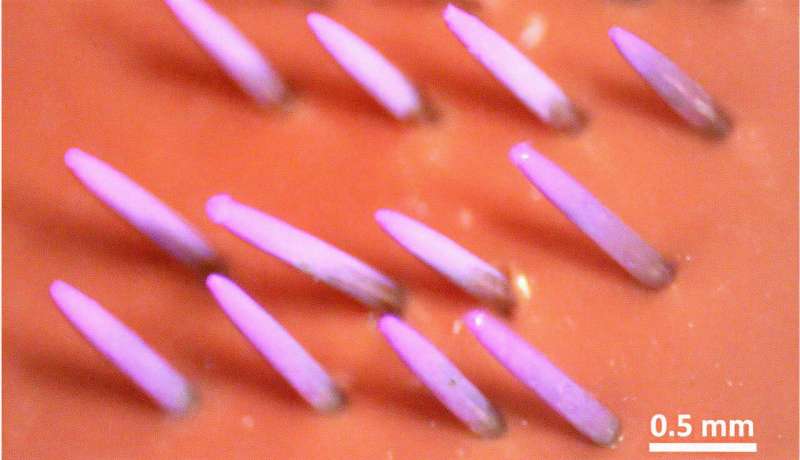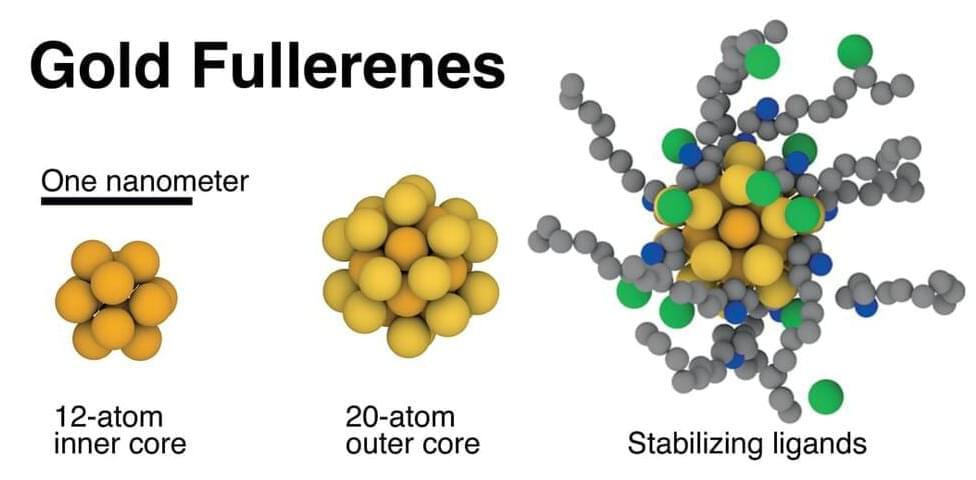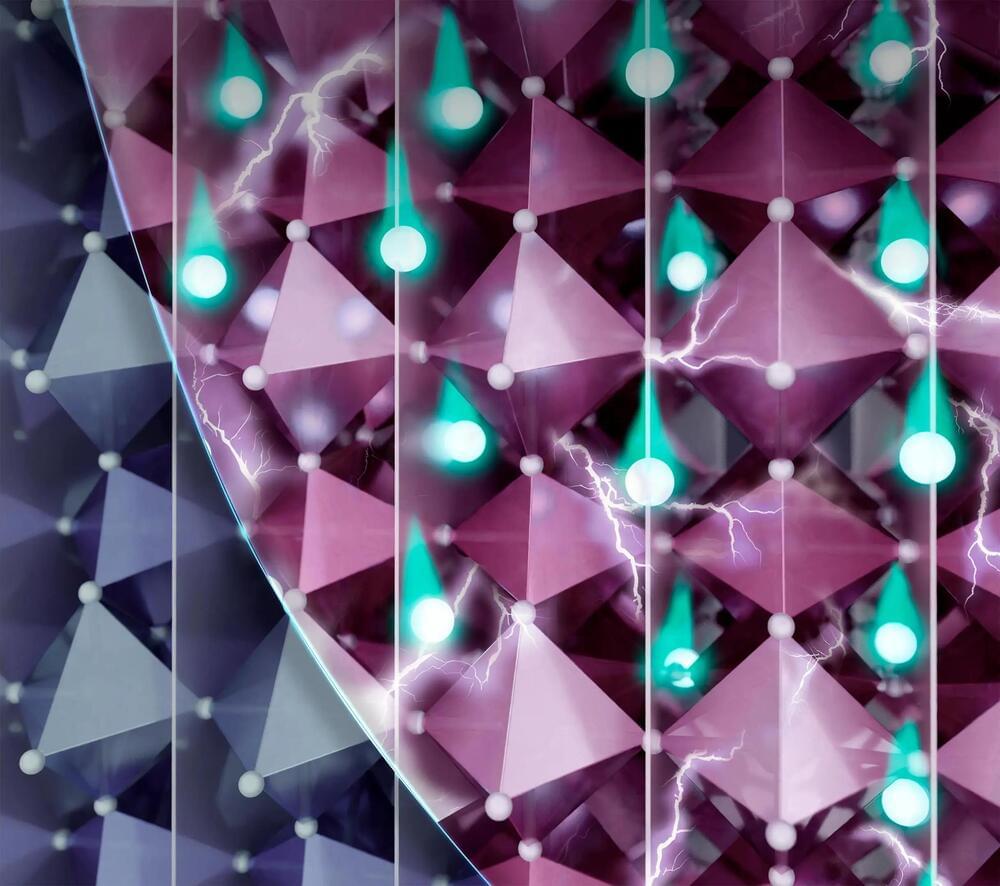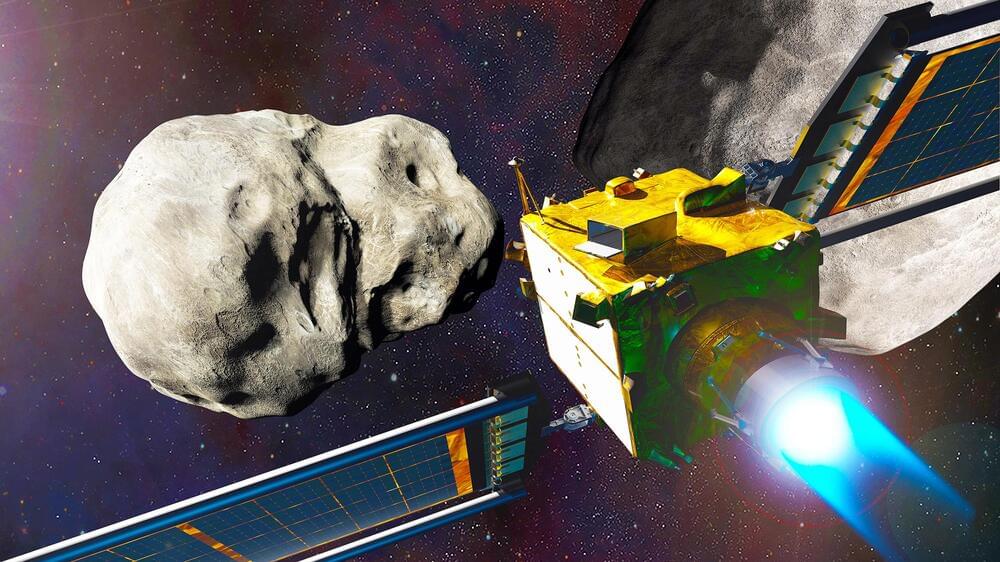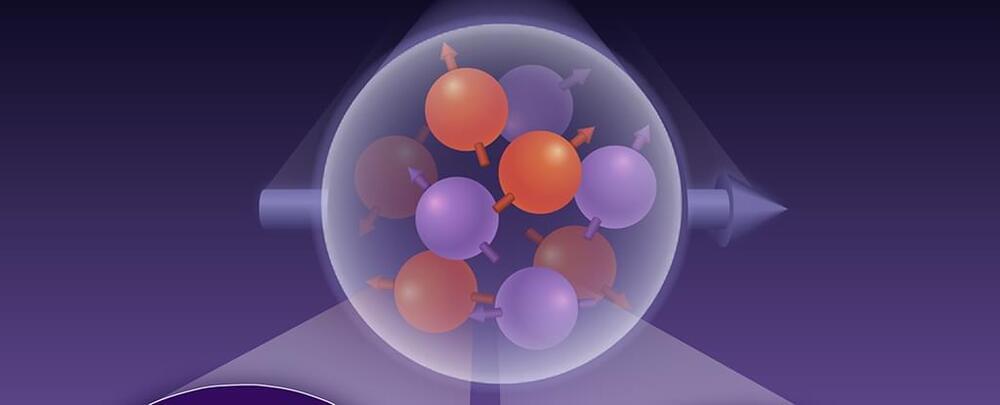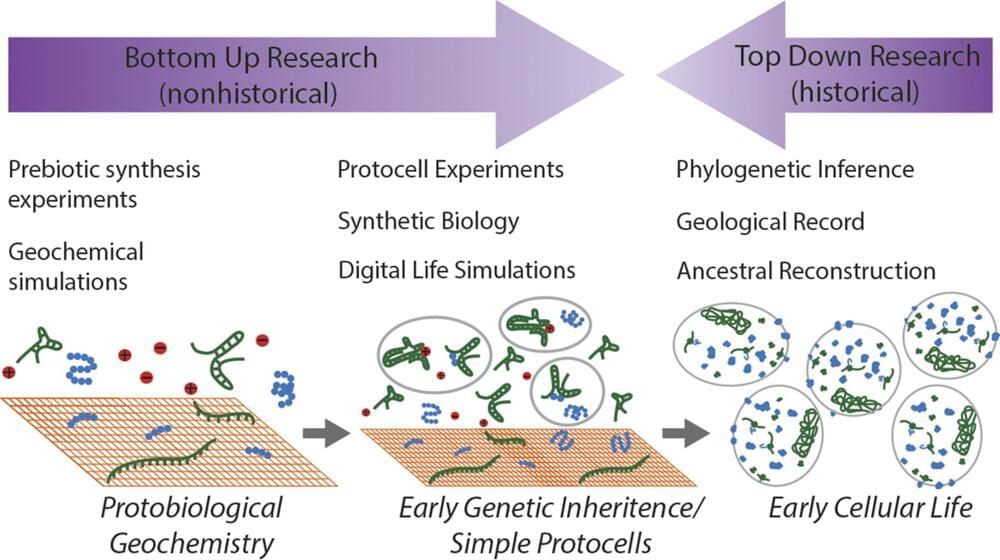Aug 15, 2023
Scientists develop efficient spray technique for bioactive materials
Posted by Saúl Morales Rodriguéz in categories: biotech/medical, materials
Rutgers University scientists have devised a highly accurate method for creating coatings of biologically active materials for a variety of medical products. Such a technique could pave the way for a new era of transdermal medication, including shot-free vaccinations, the researchers said.
Writing in Nature Communications, the researchers described a new approach to electrospray deposition, an industrial spray-coating process. Essentially, the team developed a way to better control the target region within a spray zone as well as the electrical properties of microscopic particles that are being deposited. The greater command of those two properties means that more of the spray is likely to hit its microscopic target.
Continue reading “Scientists develop efficient spray technique for bioactive materials” »
